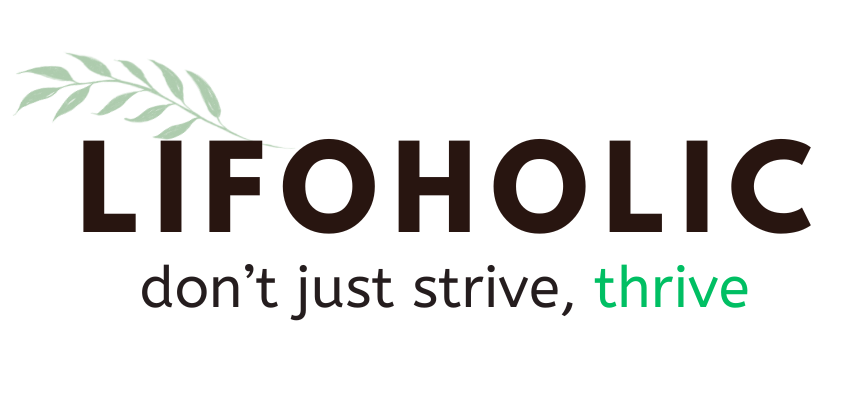For years, the prescription for doing more was always the same: wake up earlier, grind harder, multitask better. But those formulas have aged poorly. Inside coworking spaces, boardrooms, and remote setups from studio apartments to cabins in the woods, a new practice is taking root—not driven by urgency, but by awareness. At the heart of this shift are mindful productivity methods, and they are quietly changing how people measure success, focus, and satisfaction in a world that rarely stops moving.
It does not promise inbox zero or 4-hour workweeks. It promises this: your full attention back.
Ability to perform deep work is becoming increasingly rare at exactly the same time it is becoming increasingly valuable.” — Cal Newport, Deep Work
“I Was Never Really Present—Only Productive on Paper”
When Lena Torres, a senior copy editor, took a five-day digital detox retreat last fall, she expected boredom. What she got was something else: clarity.
“I realized my to-do list had become my personality,” she says. “I wasn’t thinking anymore. I was reacting. It looked productive, but I was never present.”
Back at her desk, she abandoned her multi-tab life for something unusual. She began each day with 10 minutes of silence, wrote only three top priorities, and blocked her afternoons for deep work without Slack or email.
“I get less done. But everything I do actually matters now,” she adds.
Her story is one of many. Across industries and job types, people are reevaluating not how much they do—but how they do it. Mindful productivity methods are rising because the old tools no longer work in a world that never turns off.
From Systems to Stillness: What These Methods Actually Are
Mindful productivity is not a new planner. It is not a calendar hack. It is a philosophy with practices that reward focus over frenzy.
Some core tenets:
- Intentional pauses before starting new tasks
- Awareness of cognitive cycles, using your brain when it is freshest
- Tracking energy instead of just time
- Breathing rituals between meetings or after distractions
- Reflection practices at the end of the day
These are not meditative luxuries. They are becoming tactical moves. And increasingly, they are grounded in science.
A cognitive researcher who works with performance athletes and CEOs says the same thing every time: “Focus is a biological resource. Mindfulness preserves it.”
In practical terms, that means decision fatigue decreases. Mental clarity improves. People stop wasting their sharpest hours on shallow work.
The Numbers Behind a Slower, Smarter Approach
A recent internal pilot program at a mid-sized design firm asked 14 employees to practice mindful productivity methods for eight weeks. The results?
- Task accuracy rose by 17%
- Stress levels, measured through daily journaling, fell by 28%
- Time spent in flow state increased by over an hour per week per person
Importantly, this wasn’t a retreat. It was built into the normal workday.
Participants had the same deadlines. But they started work after brief intention-setting, practiced digital boundaries, and logged reflections instead of traditional performance metrics.
One participant summed it up this way: “I felt like I got my brain back.”
Why Old Productivity Advice Feels Like a Dead End
For decades, time management was the religion of output. Books, courses, and apps promised that with enough structure, anyone could squeeze more out of the same 24 hours.
But squeezing more has limits.
Cognitive psychologist Dr. Marina Felt says it plainly: “You can optimize a bad system all you want—it will still burn people out.”
She explains that chronic stress reduces the brain’s ability to focus. Multitasking, especially with frequent device-switching, floods the brain with cortisol. “You become efficient at shallow work. But you lose the ability for complex thought.”
Mindful productivity methods reverse that trend. They restore conditions for real thinking.
And that is where the value lies.
Related – How to Focus While Studying and Lock Into Deep Work Fast
A Case in Simplicity: One Team’s Quiet Rebuild
When the operations lead at a fast-growing startup noticed team performance dropping, she expected time logs to show laziness. Instead, they showed the opposite—people were working too long, switching too often, burning out quietly.
“I asked one of our analysts when he last worked uninterrupted for 30 minutes,” she recalls. “He said he couldn’t remember.”
She cut meetings by half. Introduced a voluntary 15-minute mindfulness session twice a week. Encouraged managers to model slower, deeper work.
By quarter’s end:
- Burnout complaints dropped by 36%
- Voluntary turnover was zero
- Customer support response accuracy improved by 22%
“We didn’t do less,” she says. “We stopped doing things that drained us.”
Mindful Productivity Isn’t Meditation—It’s Management
There’s a common misconception that mindful productivity means incense and silence. In truth, it is more operational than spiritual.
It helps individuals reclaim autonomy over how they work.
One executive coach working with high-performance teams says the shift is subtle but critical. “You’re no longer asking, ‘What do I have to do today?’ You’re asking, ‘What is worth doing today, and how can I bring my full attention to it?’”
The tools differ. Some teams use journals. Others use breathing apps. Some track when their focus dips and rework schedules accordingly. But the result is consistent: less scatter, more depth.
Books That Deepen Your Practice in Mindful Productivity Methods
If you are ready to go beyond surface-level strategies and fully immerse yourself in the principles behind mindful productivity methods, a few essential books offer both depth and direction. These aren’t generic self-help titles. Each provides insight into the psychological, behavioral, and emotional frameworks that support intentional focus and sustainable high performance.
Whether you’re a professional, manager, entrepreneur, or creative, these books will help you apply mindful productivity methods in real, lasting ways. All are available on Amazon and widely recommended by productivity coaches, mental wellness experts, and team leaders across industries.
1. “Deep Work: Rules for Focused Success in a Distracted World” by Cal Newport
This essential read explores the cognitive science behind undistracted focus, one of the core pillars of all mindful productivity methods. Newport presents a structured path toward doing more by doing less—deeply.
Amazon link: https://amzn.to/4l1fbGJ
2. “The Power of Now” by Eckhart Tolle
At the center of mindful productivity methods is presence—and Tolle’s work is a transformative guide for cultivating that presence, both in work and life.
Amazon link: https://amzn.to/3FVzZ2V
3. “Atomic Habits” by James Clear
Clear’s breakthrough book helps integrate mindful productivity methods into everyday life by showing how small, conscious changes compound into meaningful growth.
Amazon link: https://amzn.to/4kHgFWa
4. “The Mindful Day” by Laurie J. Cameron
This is perhaps the most directly aligned title for anyone exploring mindful productivity methods. Cameron blends neuroscience and mindfulness into a practical daily routine built for clarity and calm.
Amazon link: https://amzn.to/440WzyX
5. “Indistractable” by Nir Eyal
A tactical guide that intersects perfectly with mindful productivity methods, Eyal offers tools to combat distraction and reclaim your workday with intention.
Amazon link: https://amzn.to/44i7IwL
6. “Essentialism” by Greg McKeown
McKeown’s argument that “less is better” resonates deeply with the mindset behind mindful productivity methods. He shows how doing fewer things with focus creates greater value.
Amazon link: https://amzn.to/43J3T3x
7. “Wherever You Go, There You Are” by Jon Kabat-Zinn
This foundational mindfulness book supports anyone learning to slow down without losing momentum. It complements mindful productivity methods by grounding them in awareness and presence.
Amazon link: https://amzn.to/4n4iyOq
These titles serves as a long-term companion in mastering mindful productivity methods. Whether you’re building a personal focus routine or leading a mindful team culture, these books will sharpen your thinking, deepen your awareness, and make your work truly meaningful.
What It Feels Like to Work This Way
Those who practice mindful productivity often report something hard to quantify: emotional clarity.
You finish the day not with a drained brain, but a calm one. You make fewer mistakes. You remember more of your day.
Lena Torres, the editor who began this article, says it best: “I sleep better. I remember my meetings. My weekends feel like weekends again.”
It may not sell like hustle culture. But it works.
A Movement Hiding in Plain Sight
Mindful productivity is not a trend. It is a correction.
Where old systems measured success in hours logged or emails answered, this method asks better questions: Did I do meaningful work? Was I present? Did I honor my own rhythm?
More organizations are listening.
Some now offer “focus days” with no meetings. Others give teams shared recovery windows. A few even build quarterly planning sessions around energy audits, not just KPIs.
These practices are not replacing performance. They are restoring it.
Tools That Actually Help (And Those That Don’t)
The wrong tools promise more speed. The right ones protect focus.
Helpful tools used in mindful productivity methods include:
- Analog notebooks, for planning without distractions
- Noise-neutral workspaces or headphones with mindful soundscapes
- Simple timers, like 52–17 (work for 52, break for 17)
- Breathing apps, like Open or Insight Timer
- Digital blockers, that schedule ‘no-interrupt zones’
What does not help? Tools that measure clicks, force urgency, or demand real-time updates.
“Productivity software should not feel like surveillance,” says one engineer. “It should feel like space.”
Final Thought: This Is Not a Hack—It’s a Choice
Mindful productivity methods will not make you superhuman. They will not guarantee viral success.
What they offer is far more rare: alignment.
Alignment between your work and your values. Between your energy and your effort. Between your day and your deeper goals. If that sounds soft, ask anyone who has tried it seriously.
The hardest part, they’ll say, is not doing it. It is unlearning the idea that being busy means you are doing well. Because once you experience what real focus feels like, you stop chasing noise.
And you start choosing presence.
Disclaimer: This post contains affiliate links through the Amazon Associates program. If you click on these links and make a purchase, we may earn a small commission at no extra cost to you.





